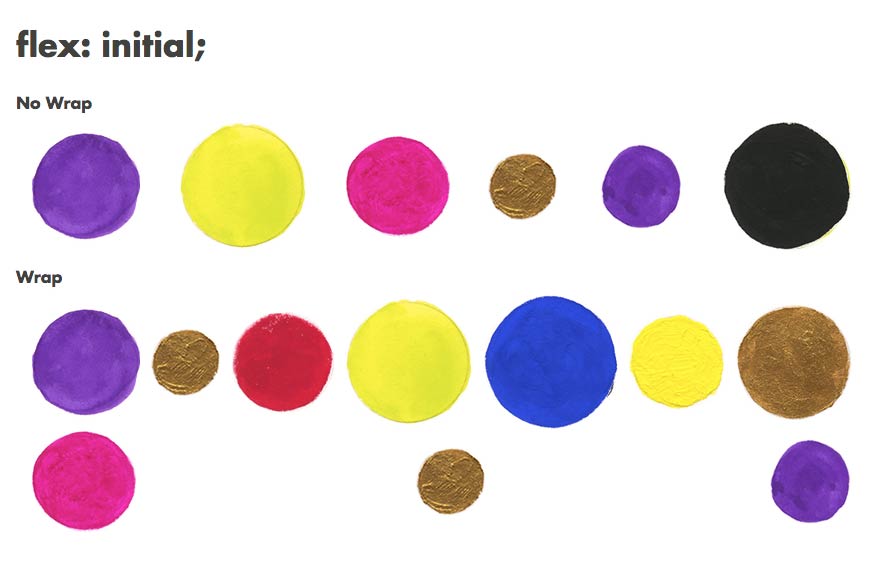Table Of Content

To randomize, first randomly permute the order of the rows and produce a new square. We could select the first three columns - let's see if this will work. Click the animation below to see whether using the first three columns would give us combinations of treatments where treatment pairs are not repeated. Is the period effect in the first square the same as the period effect in the second square?
Block a few of the most important nuisance factors
It depends on the conditions under which the experiment is going to be conducted. This is a simple extension of the basic model that we had looked at earlier. The row and column and treatment all have the same parameters, the same effects that we had in the single Latin square.
Statistical Analysis of the Latin Square Design

So what types of variables might you need to balance across your treatment groups? Blocking is most commonly used when you have at least one nuisance variable. A nuisance variable is an extraneous variable that is known to affect your outcome variable that you cannot otherwise control for in your experiment design.
Crossover Design Balanced for Carryover Effects
First we discuss what blocking is and what its main benefits are. After that, we discuss when you should use blocking in your experimental design. Finally, we walk through the steps that you need to take in order to implement blocking in your own experimental design. While you're building your confidence, it never hurts to think about how you might have to block a process you'd like to study. If you do, you can feel more confident knowing you can account for these variables with blocks.
Missing Data

In this case, the test specimens would be considered a source of nuisance variability. If we conduct this as a blocked experiment, we would assign all four tips to the same test specimen, randomly assigned to be tested on a different location on the specimen. Since each treatment occurs once in each block, the number of test specimens is the number of replicates. When we have a single blocking factor available for our experiment we will try to utilize a randomized complete block design (RCBD). We also consider extensions when more than a single blocking factor exists which takes us to Latin Squares and their generalizations.
Abstract
For most of our examples, GLM will be a useful tool for analyzing and getting the analysis of variance summary table. Even if you are unsure whether your data are orthogonal, one way to check if you simply made a mistake in entering your data is by checking whether the sequential sums of squares agree with the adjusted sums of squares. The original use of the term block for removing a source of variation comes from agriculture. If the section of land contains a large number of plots, they will tend to be very variable - heterogeneous. So far we have discussed experimental designs with fixed factors, that is, the levels of the factors are fixed and constrained to some specific values. In some cases, the levels of the factors are selected at random from a larger population.
Identify nuisance variables
“k”, “l” and “m” are indices for the different treatment factors. Note that the least squares means for treatments when using PROC Mixed, correspond to the combined intra- and inter-block estimates of the treatment effects. As the treatments were assigned you should have noticed that the treatments have become confounded with the days.
This form of balance is denoted balanced for carryover (or residual) effects. We want to account for all three of the blocking factor sources of variation, and remove each of these sources of error from the experiment. The Greek letters each occur one time with each of the Latin letters. A Graeco-Latin square is orthogonal between rows, columns, Latin letters and Greek letters.
It is just a question about what order you give the treatments. The smallest crossover design which allows you to have each treatment occurring in each period would be a single Latin square. Many times there are nuisance factors that are unknown and uncontrollable (sometimes called a “lurking” variable). We always randomize so that every experimental unit has an equal chance of being assigned to a given treatment. Randomization is our insurance against a systematic bias due to a nuisance factor.
To achieve replicates, this design could be replicated several times. Here is a plot of the least squares means for Yield with the missing data, not very different. Generally the unexplained error in the model will be larger, and therefore the test of the treatment effect less powerful. Then, under the null hypothesis of no treatment effect, the ratio of the mean square for treatments to the error mean square is an F statistic that is used to test the hypothesis of equal treatment means.
In a Latin square, the error is a combination of any interactions that might exist and experimental error. To conduct this experiment as a RCBD, we need to assign all 4 pressures at random to each of the 6 batches of resin. Each batch of resin is called a “block”, since a batch is a more homogenous set of experimental units on which to test the extrusion pressures. Below is a table which provides percentages of those products that met the specifications.
Selection for production-related traits in Pelargonium zonale: improved design and analysis make all the difference ... - Nature.com
Selection for production-related traits in Pelargonium zonale: improved design and analysis make all the difference ....
Posted: Wed, 22 Feb 2017 08:00:00 GMT [source]
For a complete block design, we would have each treatment occurring one time within each block, so all entries in this matrix would be 1's. For an incomplete block design, the incidence matrix would be 0's and 1's simply indicating whether or not that treatment occurs in that block. We can test for row and column effects, but our focus of interest in a Latin square design is on the treatments. Just as in RCBD, the row and column factors are included to reduce the error variation but are not typically of interest. And, depending on how we've conducted the experiment they often haven't been randomized in a way that allows us to make any reliable inference from those tests. To compare the results from the RCBD, we take a look at the table below.
A 3 × 3 Latin square would allow us to have each treatment occur in each time period. We can also think about period as the order in which the drugs are administered. One sense of balance is simply to be sure that each treatment occurs at least one time in each period. If we add subjects in sets of complete Latin squares then we retain the orthogonality that we have with a single square.
Below is the Minitab output which treats both batch and treatment the same and tests the hypothesis of no effect. We can use the Minitab software to construct this design as seen in the video below. You can email the site owner to let them know you were blocked. Please include what you were doing when this page came up and the Cloudflare Ray ID found at the bottom of this page.
Days of the week are not all the same, Monday is not always the best day of the week! Just like any other factor not included in the design you hope it is not important or you would have included it into the experiment in the first place. Because of the restricted layout, one observation per treatment in each row and column, the model is orthogonal.

No comments:
Post a Comment